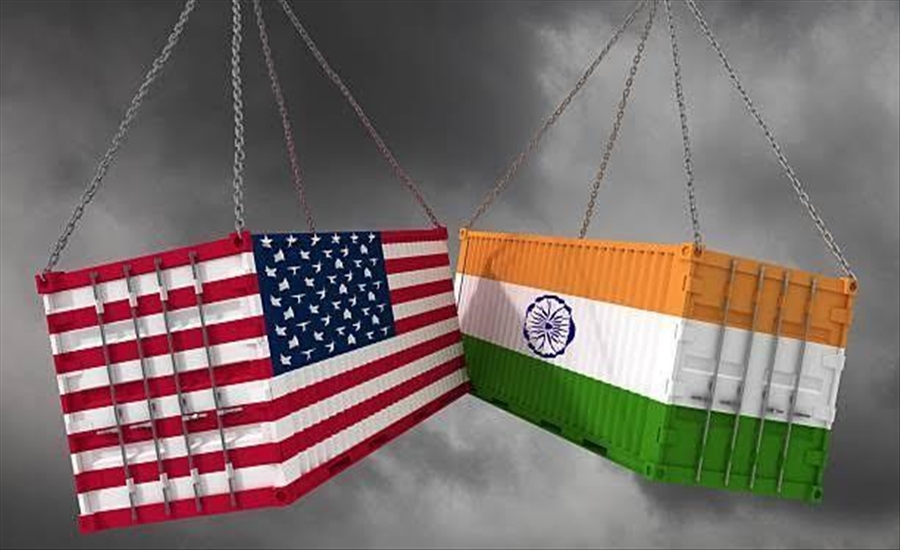Why Trump Is Pressuring India to Cut Agriculture & Dairy Tariffs—and Why Delhi Isn’t Budging
 Trade relations between India and the United States have always been a balancing act—sometimes cooperative, sometimes confrontational. In 2025, former U.S. President Donald Trump has reignited this debate by demanding that India lower tariffs on agriculture and dairy products. The push is linked to America’s large farm-trade deficit, Trump’s “reciprocity” doctrine, and the long-standing demand of U.S. farm lobbies to access India’s vast market.
Trade relations between India and the United States have always been a balancing act—sometimes cooperative, sometimes confrontational. In 2025, former U.S. President Donald Trump has reignited this debate by demanding that India lower tariffs on agriculture and dairy products. The push is linked to America’s large farm-trade deficit, Trump’s “reciprocity” doctrine, and the long-standing demand of U.S. farm lobbies to access India’s vast market.Why Agriculture and Dairy Are at the Heart of the Dispute
Agriculture and dairy products are two of the most protected sectors in India. While the U.S. wants reduced tariffs and easier import rules, India insists on keeping strong safeguards for its farmers.
U.S. Perspective: America’s farm exporters see India as an under-tapped market for products like milk powder, cheese, apples, almonds, and walnuts. With the U.S. reporting a significant agricultural trade deficit in 2025, Washington views Indian tariff cuts as a way to balance trade and show progress to its farming communities.
India’s Perspective: Nearly 80 million Indians depend on dairy for their livelihood. Allowing large-scale dairy imports from the U.S., where mega-dairies operate at low costs, could disrupt India’s rural economy.
Trump’s Tariff Moves in 2025
In late August 2025, Trump’s administration imposed 50% tariffs on Indian imports, escalating tensions. Soon after, in September 2025, he signed a new executive order expanding the use of reciprocal tariffs, giving the U.S. additional leverage in trade negotiations.
This strategy is clear: press India harder on sensitive areas like agriculture and dairy, and secure concessions that Washington can sell as a “win” for American farmers.
India’s Red Lines: Protecting Farmers and Food Security
India has made it clear that its dairy sector is non-negotiable without strong safeguards. Industry leaders, such as Amul, have repeatedly warned that opening up the market could harm small-scale producers. The government has also highlighted that its dairy import certification system ensures food safety and quality, though the U.S. has criticized these rules as “unnecessary barriers.”
From Delhi’s standpoint, relaxing these rules would not only hurt farmers but also risk public confidence in food safety.

